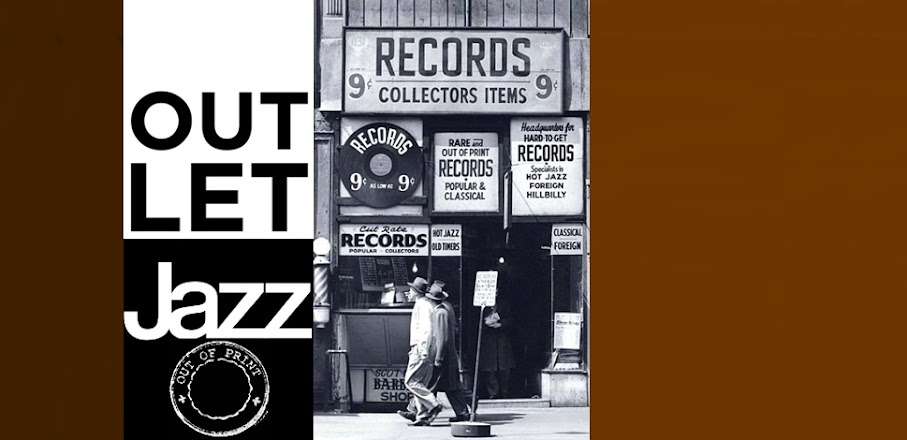John Mehegan
The First Mehegan
In this album Savoy is proud to present to the Jazz listening audience, another recital by one of the finest of contemporary pianists, Johnny Mehegan. This is volume one of what we respectfully title "The First Mehegan", also noting that Johnny is a teacher of improvisation at Juilliard Conservatory in New York City where he has taught the ageless beauty of classical music and the new vitality of Jazz. As the expressive medium in this session, we choose the trio and quartet, presenting other modern Jazz giants to support Johnny's ideas. The quartet sides feature Chuck Wayne, an extremely swinging and authoritative guitarist, and Vinnie Burke on bass, plus the new drum star Joe Morello. Trio-wise we have Charles Mingus, a great bassist and personality in modern Jazz, and also a legitimate composer in his own right, plus Kenny Clarke, the "daddy" of modern drummers. Throughout, they all support the mood and add a swinging presence to the performance.
(...)
I feel that the outstanding characteristic of Mehegan's musical invention is in its simplicity, and in the exhaustive depth and subtlety of his expression. However, by simplicity, this is definitely not the connotation of "easy" or "uninspired", rather, as an artist friend has expressed, "his is a studied simplicity". That is the application of artistic restraint, wherein the musician selects with delicate skill the concise figure, offering the light stroke as opposed to the grandiose flourish or the contrived statement. (...) It has been my pleasure to know Johnny but a few months, but in that time he has earned a professional and personal respect of no small import. I suggest a similar realization of his magnitude and scope would surely benefit our Jazz-art. *Jack McKinney (from the liner notes)*
Here is a real talent, one who has a gleaming jazz future. There is confidence in Mehegan's attack, and knowledge in his notes, and he swings. John has absorbed many influences, from Teddy Wilson and Nat Cole to Bud Powell and Lennie Tristano, but he has welded them all into an expression of his own beliefs and personality. He has a message.
First four sides have Charlie Mingus on bass and Kenny Clarke, drums. Last four spot guitarist Chuck Wayne, bassist Vinnie Burke, and drummer Joe Morello.
Aside from Mehegan, who plays superbly on all the bands, you may be as impressed as I was by Mingus on Thou Swell, Chuck Wayne on Stella, on which he and Mehegan play like Siamese twins, and by the drumming of both Clarke and Morello — always pulsating, always helpful, always tasteful.
This one Savoy calls The First Mehegan. The second is already being eagerly awaited by at least one person. *Jack Tracy (Down Beat, August 10, 1955 [5 stars])*
Side 1
1 - Cherokee
(Noble, Shapiro)
2 - The Boy Next Door
(Martin, Blane)
3 - Blue's Too Much
(David)
4 - Thou Swell
(Rodgers, Hart)
Side 2
5 - Taking A Chance On Love
(Duke, Fetter, Latouche)
6 - Uncus
(Mehegan)
7 - Sirod
(Mehegan, Miles)
8 - Stella By Starlight
(Washington, Young)
#1 to #4:
John "Johnny" Mehegan (piano), Charles Mingus (bass), Kenny Clarke (drums).
Recorded at Van Gelder Studio, Hackensack, New Jersey, January 30, 1955
#5 to #8:
John "Johnny" Mehegan (piano), Chuck Wayne (guitar),
Vinnie Burke (bass), Joe Morello (drums).
Recorded in New York City, June 10, 1954
















